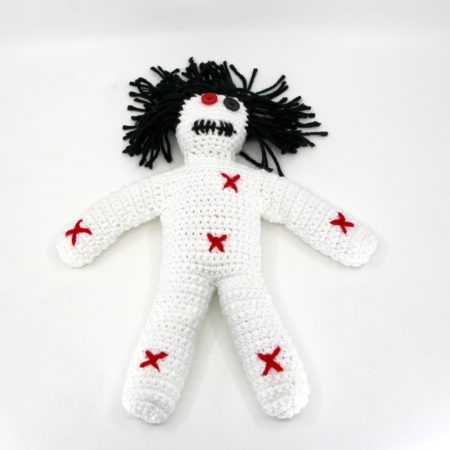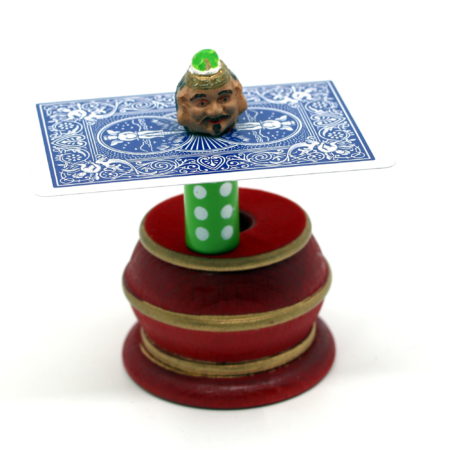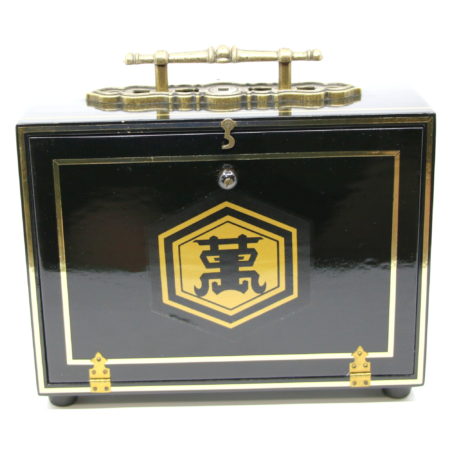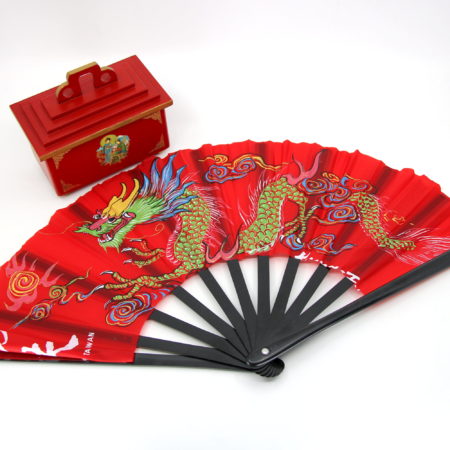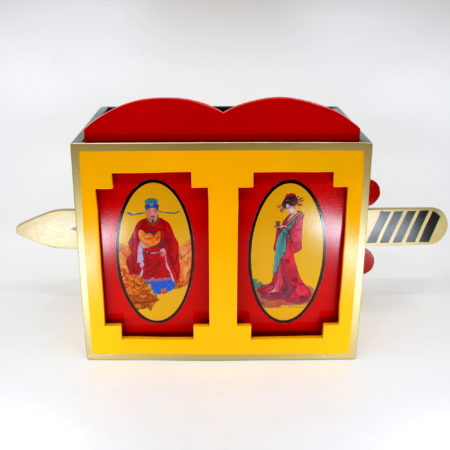
This was originally invented and sold by Clint Riedel as the P.M.C Livestock Vanish. It was based on a suggestion by Walt Landis and the first ones were advertised c. 1939. Riedel also manufactured them for U.F. Grant and it was renamed the Dagger Livestock Vanish c. 1960. It was also manufactured later still by MAK Magic. It is sometimes attributed to Grant, but Clint Riedel was the inventor with no significant changes made by Grant.
This beauty was created by Michael Baker and it looks fantastic. Even from a short distance the livestock appears to vanish with no trace to its whereabouts. You can even turn the box upside down and just hold it up by the dagger running through the box. With the correct lighting it is also possible to tip the box showing a view from the top the the box is very clearly empty as seen in the photos.
A very convincing prop without a complex internal mechanism or anything to go wrong or wear out.
It can be used to vanish or produce livestock or a large load of silks and anything else that fits.
Click here for more information.

